EDITORIAL COMMENT: Let’s do more business with our neighbours
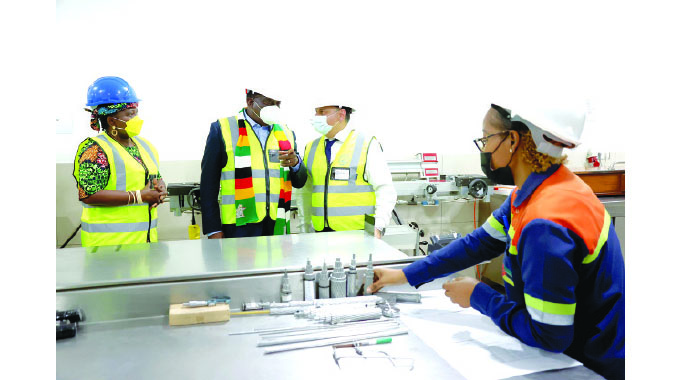
Many Zimbabweans do not perhaps realise that opening up trade in Africa and picking up ideas from each other can in fact accelerate economic growth for all, with President Mnangagwa’s State visit to Mozambique and its stress on economic co-operation opening quite a few eyes.
The ports have always been critical for Zimbabwe and Beira is still the closest port by far to Zimbabwe with Maputo closer than the South African ports, although connected only by rail.
With the revitalisation of the National Railways of Zimbabwe now on the “must do” list both will become more important since we need to be able to get more exports out as we enter a growth phase and need to get more imports in, especially the machinery side.
Mozambique, with the combination of Portuguese colonialism which was somewhat worse than ours by any standard, followed by wide-spread insurgency in the central provinces with the backing first of the Rhodesian regime and then at a much higher level by the apartheid regime in South Africa, was in a serious economic mess when peace finally came in the 1990s.
But the Mozambican economy has been growing since then, steadily, and already there are potential sources of supply as well as the sort of growing markets that can open doors for Zimbabwean manufacturers able to make the effort.
In the Presidential delegation was Zesa executive chairman Sydney Gata, needed because we are an importer of power and Mozambique has a surplus and is adding to it, but also because Mozambique now makes the sort of aluminium wiring we need to vandal-proof our grid.
One proposal made by Mozambique was for Zimbabwe to take a part share in the proposed Mphanda Nkuwa Dam and hydroelectric power station. This needs to be considered seriously. The dam is downstream of Cahora Bassa near Tete and so its water supply is a great deal more reliable than any upstream dam.
Lakes Kariba and Cahora Bassa provide storage for that dam, and a regular flow of water every day through the upstream power stations.
In addition, there is the water than comes down the Kafue, again regulated by power dams, and the Luangwa to join the Zambezi flows. Climate change has created extremes in Zambezi flows and that particular Zambezi dam has the lowest risk.
In any case, the time is now possibly coming when we need to expand the role and scope of the Zambezi River Authority to take on a more central role right across the whole Zambezi basin, especially as around five dams can be built from Batoka Gorge along the river before it flows into the flood plains and the maximum gain can be obtained by running the whole system as near to a single unit as possible.
Mphanda Nkuwa and its proposed 1 500MW power station, about one-and-a-half times the size of Kariba South, is sufficiently close to Cahora Bassa that little extra infrastructure is needed to connect to the DC grid delivery points at the older dam. As usual, there are environmental concerns, but these do not appear to be insurmountable, especially if there is heavy co-operation between Zambezi power stations to avoid surges on the flood plains and in the delta.
Mozambique has also attracted investment into natural gas power stations in the far south using its own gas field in the area.
A smaller station has been operating for a few years and a larger one is coming up for commissioning. A 40MW solar station, again with private investment, is operating and several more of similar size of being implemented or planned.
One interesting point is that Mozambique seems to have broken through the barrier to get significant private investment into power generation and some would-be investors into Zimbabwean power stations, who already have licences, perhaps now need to get their plans into gear and start building.
Those gas stations show how quickly this sort of installation can be constructed, far faster than a coal station, and should the natural gas deposits in the Muzarabani area be proven in the test drilling this year then we need to be moving swiftly ourselves. We know the geology looks really good but we still have to find out what was trapped.
The other area where our own manufacturers need to be thinking is how to penetrate a growing market in Maputo. They are not going to get any favours, except the growing free trade, but if they can compete there are opportunities now that careful growth has been creating.
We are also in the process of building two new steel plants and recommissioning the old ZiscoSteel plant.
This will switch steel from one of our largest imports to one of our major exports and fairly obviously a country needing to invest a lot in infrastructure can be a large potential customer, especially when transport of just a few hundred kilometres for such a high-bulk product is factored in, another reason for a rapid upgrade of the railway systems.
Zimbabwe, Zambia, Malawi and Mozambique do belong together in many respects and if the bits had been put together differently from old colonial maps in strange European cities and weird racial theories they might well have grown together a lot more.
Zimbabwe is busy upgrading the ties with SADC countries to convert what has tended to stress diplomatic talk into more action-stressing bi-national commissions under the directly of Heads of State.
The ties with Mozambique have just been upgraded and with both countries becoming ever more reliant on the private sectors to fuel growth, while Governments do a lot more for the infrastructure, the opportunities are growing fast. But those private sectors have to move into the new world and act more.
The President can help open the doors and do more to ensure the co-operation that sees the development on both sides of border match up, but it then still requires the private sectors to make things and drive the sales vans through the open doors, in both directions.


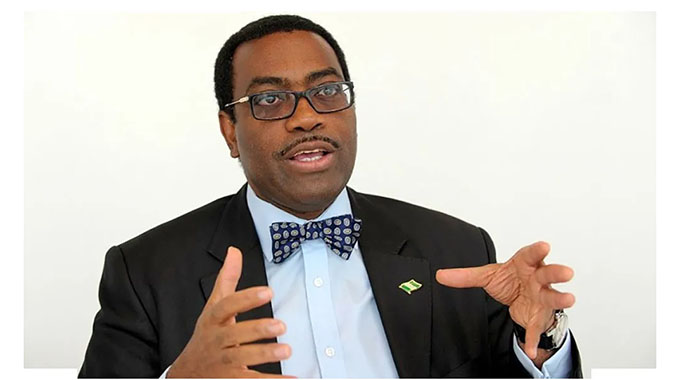
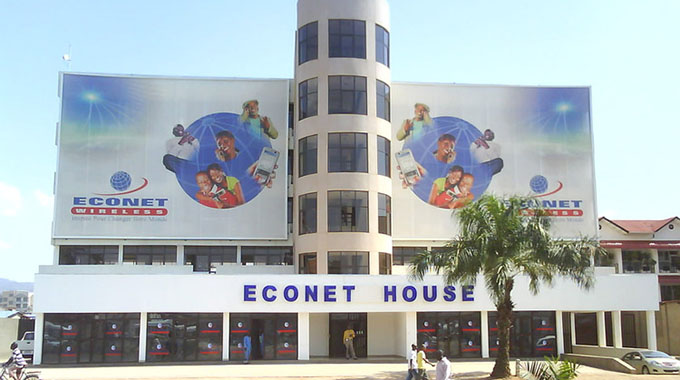

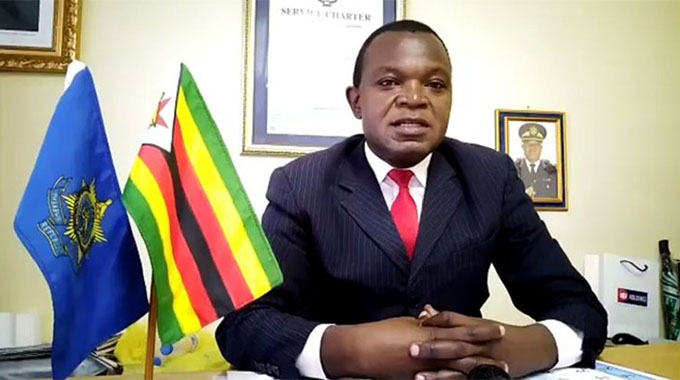
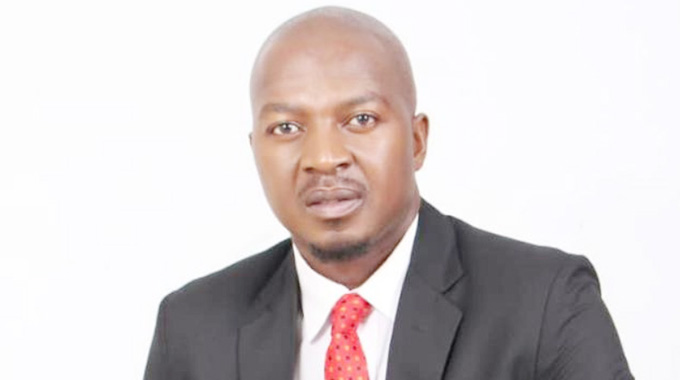

Comments